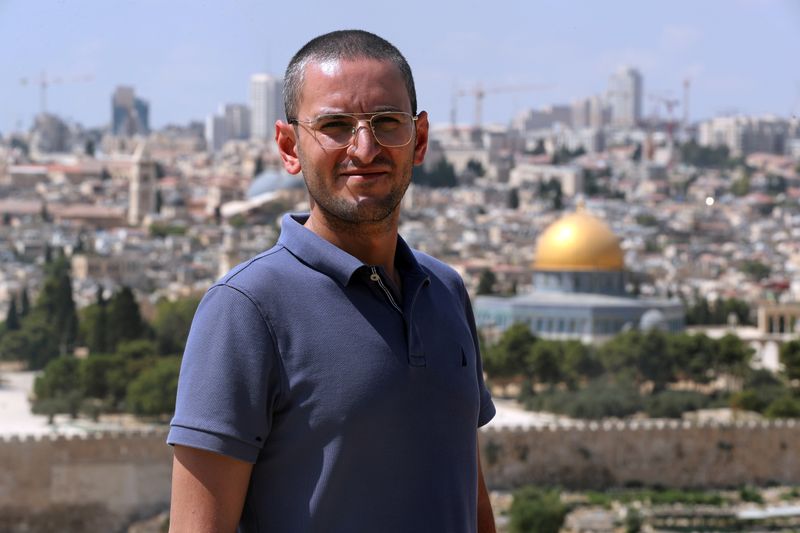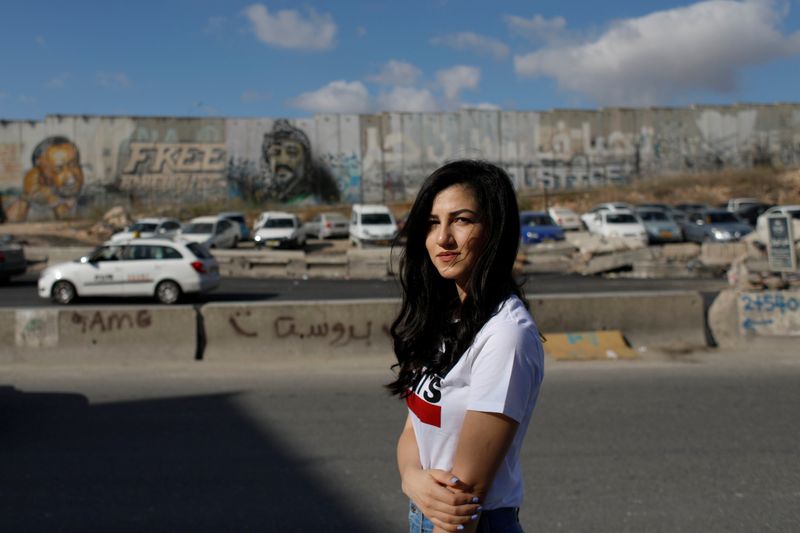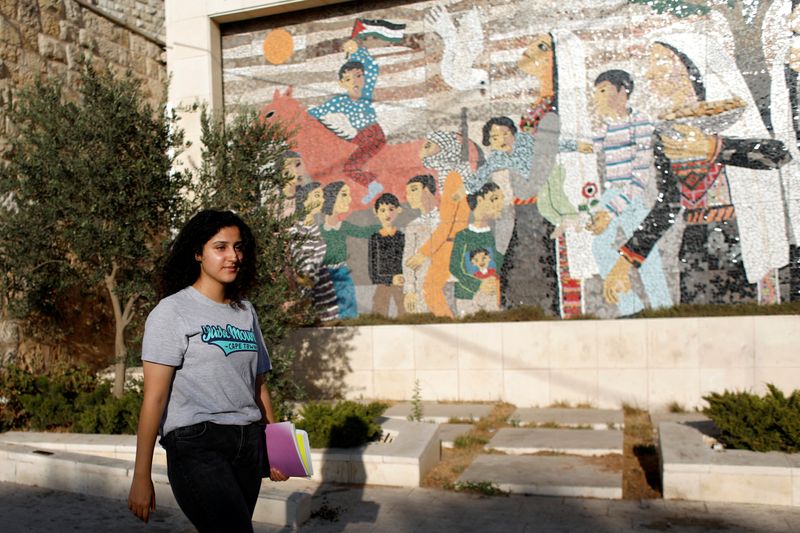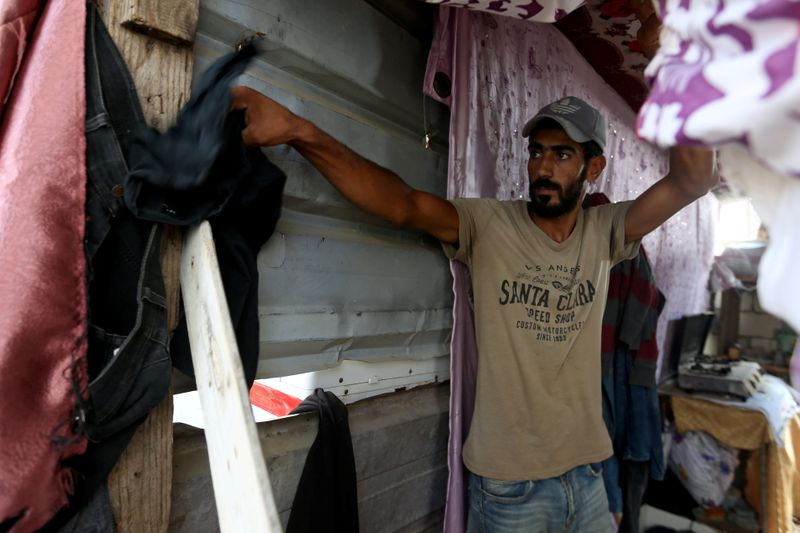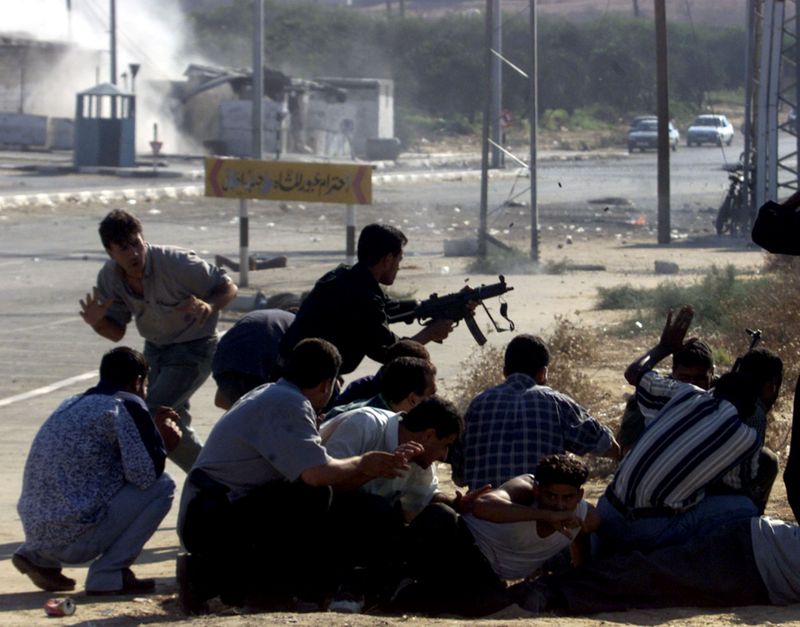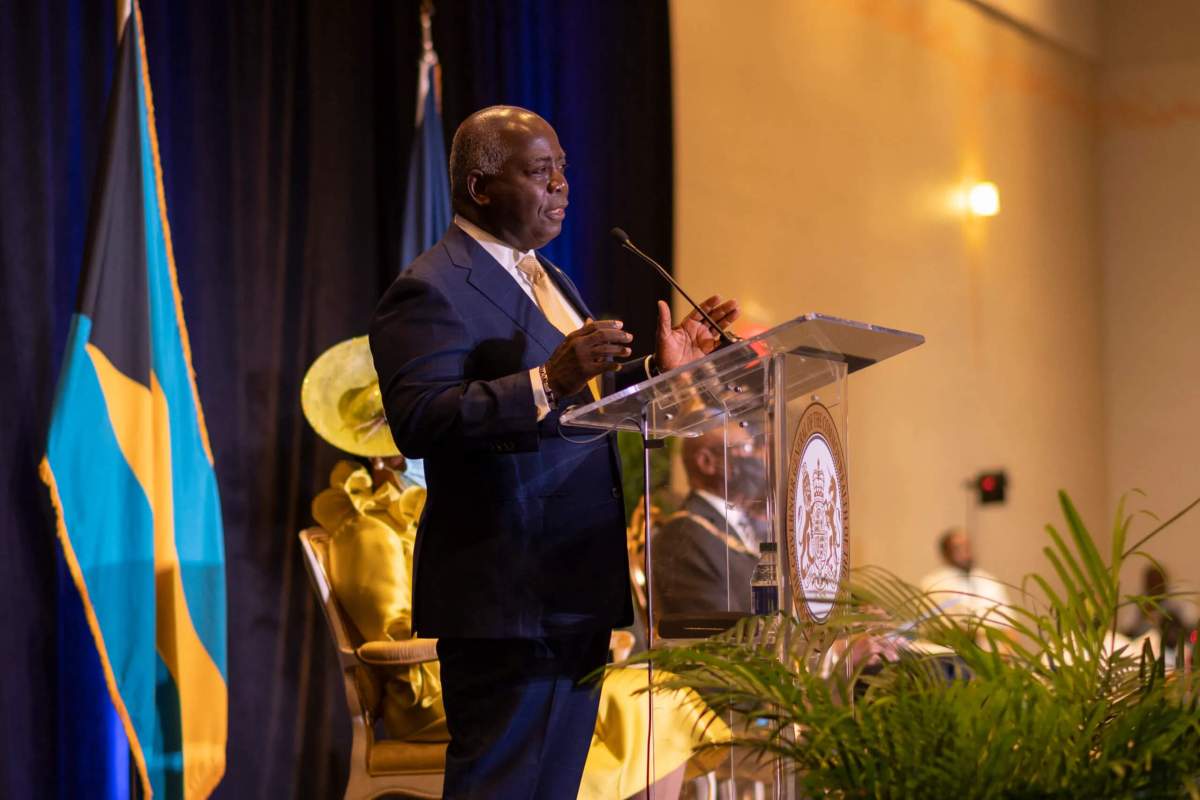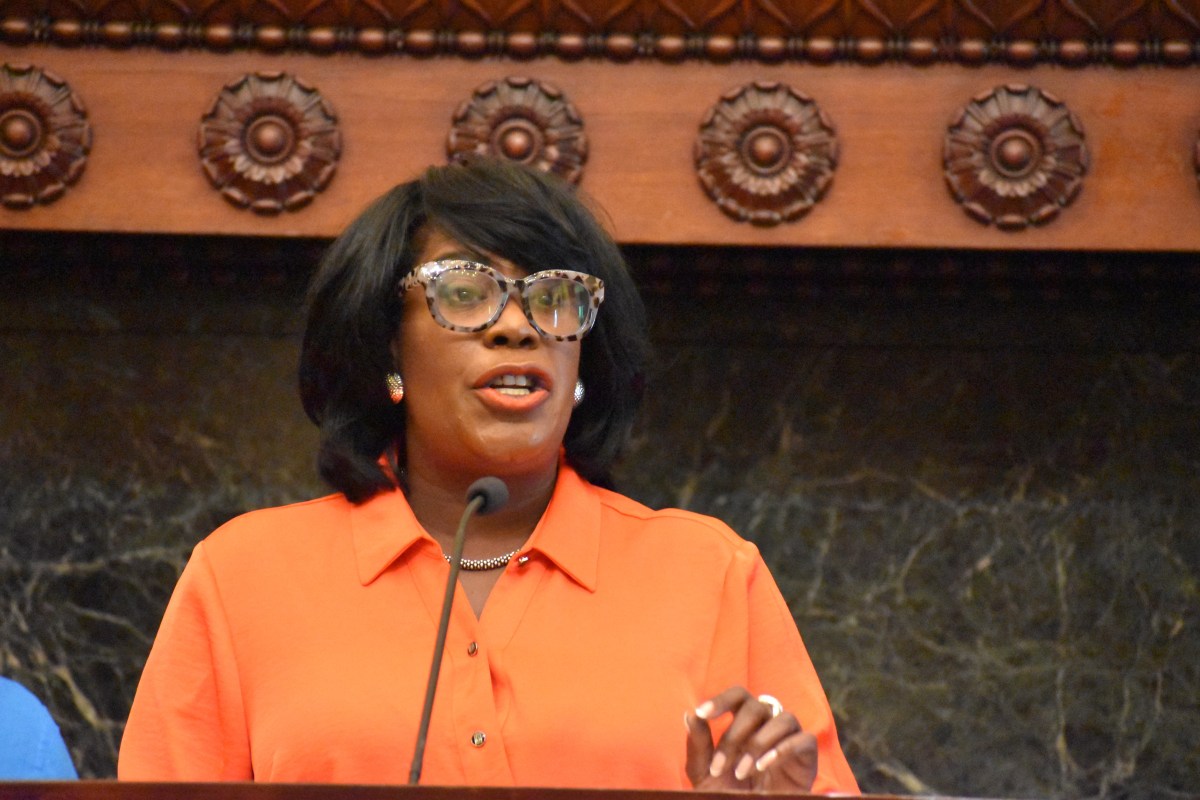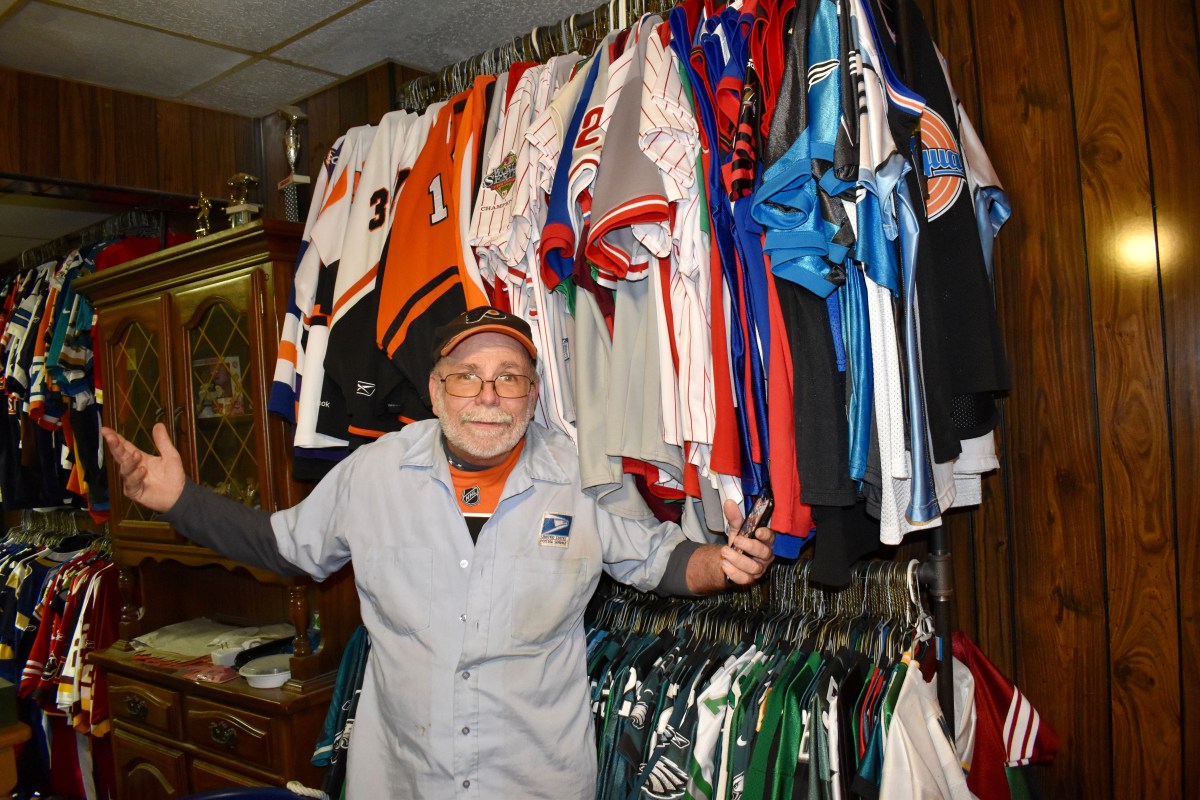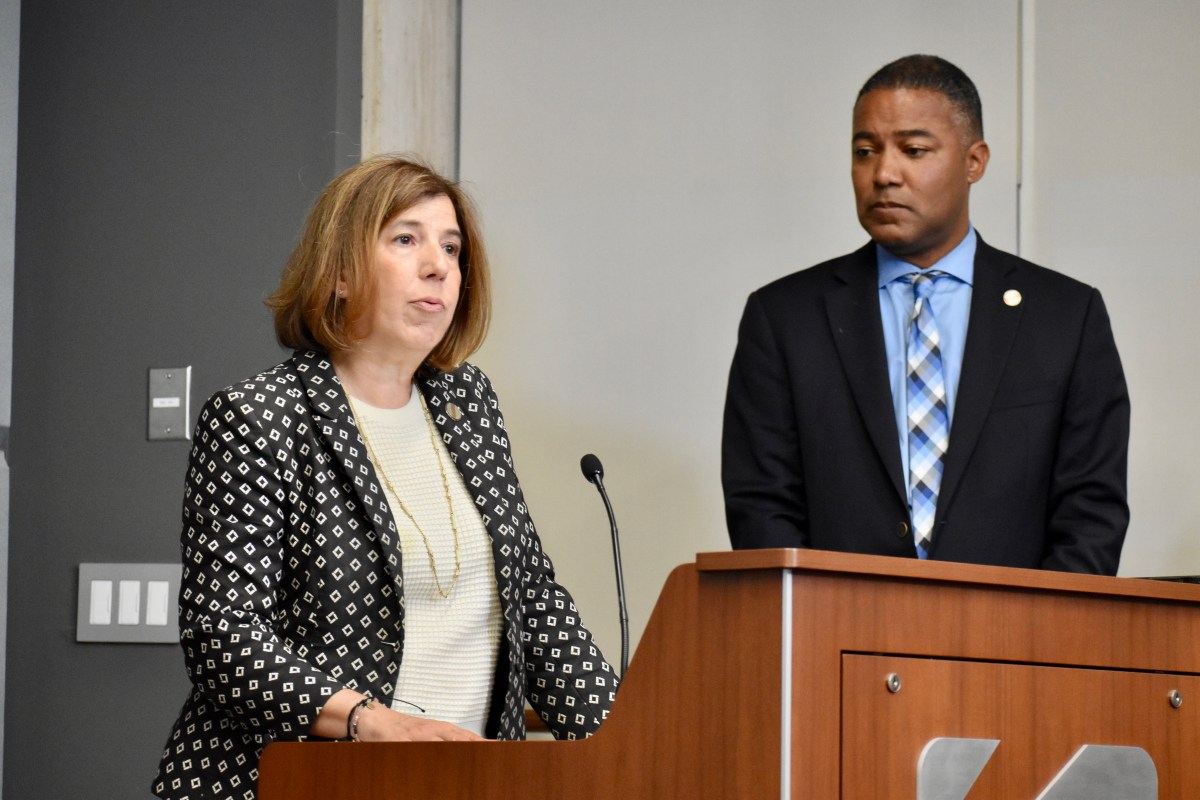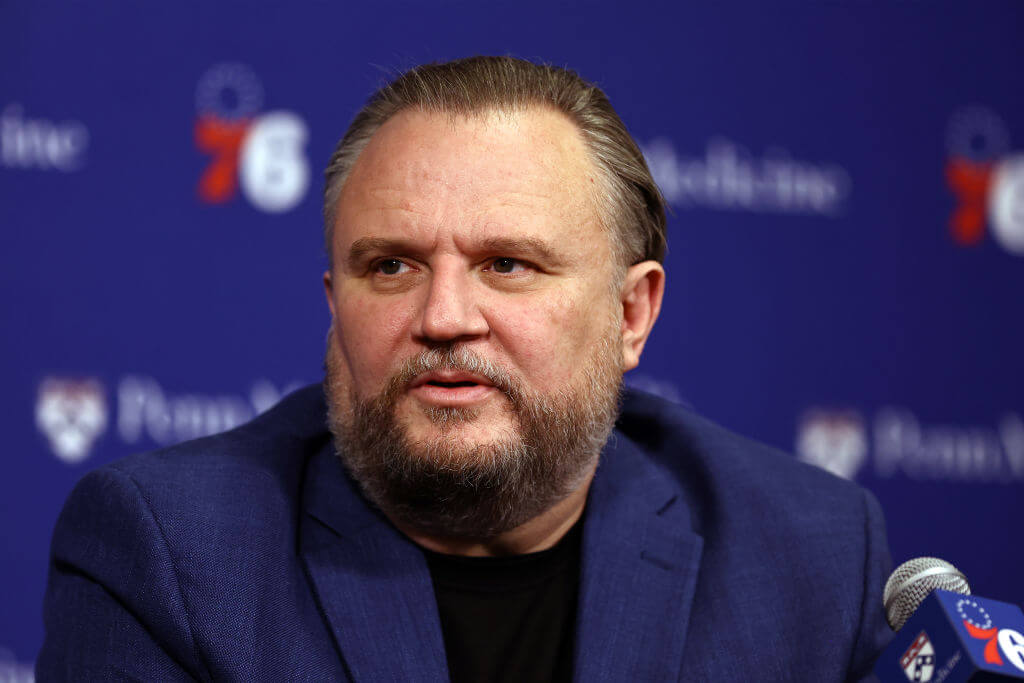JERUSALEM (Reuters) – Al-Aqsa Mosque is as quiet today as it was turbulent 20 years ago when it gave its name to the Palestinian uprising that began beneath its walls and carved a bloody new chapter in the Middle East.
The Al-Aqsa Intifada – also known as The Second Intifada – began with rocks and tear gas before mushrooming into an armed conflict in which more than 3,000 Palestinians and 1,000 Israelis were killed.
When it petered out five years later, suicide bomb attacks on Israeli cities, and Israeli air strikes and tank raids on Palestinian towns, had polarised opinion on both sides. The last peace talks flopped in 2014, and stalemate has simmered since.
Gazing over the walled Old City from the Mount of Olives, Palestinian Jerusalemite Ziad Abu Zayyad sees many parallels between the situation two decades ago and now.
Now 33, and after two intifadas, the first in the late 1980s, the statehood that Abu Zayyad has sought all his life still seems as far off as it was then.
But his generation also harbours vivid childhood memories of violence during the years of the intifada, and despite recent political setbacks, many are reluctant to revisit that trauma.
“I do believe the Palestinian people need to be smart and think wisely before they choose the path that they want to go into. It is not only the end of the road that matters, but also the journey itself that history will remember,” said Abu Zayyad.
“Intifada can be made in different shapes. It may be by using a pen and writing, by opening a blog and reaching out to the people, by having a diplomatic effort – even though it has proved to be useless these days.”
WEST BANK
The uprising ignited on Sept. 28, 2000 after Israeli opposition leader Ariel Sharon – a right-wing former general detested by many Palestinians – held a walkabout on Jerusalem’s most hotly contested holy site.
Protests broke out around the hilltop plateau in the Old City compound known to Muslims as al-Haram al-Sharif (Noble Sanctuary) and Jews as the Temple Mount, and quickly escalated.
Israel blamed then-Palestinian leader Yasser Arafat, who two months earlier at Camp David had failed to clinch a peace agreement with Israeli Prime Minister Ehud Barak.
The abortive summit proved a watershed for both sides – Palestinians unwilling to accept less than a viable state in what is now Israeli-occupied territory with its capital in East Jerusalem – which includes the Old City, and Barak publicly concluding that Israel had “no partner for peace”.
Thirteen km (eight miles) north of the Old City – a plaque near her home marks the exact distance – Palestinian engineer Leen Anabtawi can see Jerusalem from one side of her balcony, and an Israeli settlement from the other.
She remembers playing with empty bullets as a four-year-old in the West Bank town of Jenin during the intifada, her first encounter with Israelis, she said, being soldiers who took over the upper floors of her family’s building to fire into Jenin’s refugee camp, considered a stronghold for Palestinian militants.
Growing up in Jenin, studying in Nablus and now working in Ramallah, the seat of the Palestinians’ limited self-rule administration, Anabtawi has watched her generation evolve since the “scary” intifada years.
“My friends started focusing on different things,” she said. “It’s hard to take action when you have so much to care about… your children, your school, your future, your life, your loans.”
Her own focus is now personal – to compete with Israeli engineers as an equal.
“Existing as a Palestinian is resisting,” she said. “Growing up to be a strong, powerful intellectual person who has a (voice), who has an idea and an aim is resisting these days.”
HEBRON AND GAZA
While Israel looms large in discussions, many young Palestinians are also frustrated at their own leaders – plagued by years of infighting that has undermined young people’s faith in political action.
Some accuse the leadership of suppressing political expression, arresting activists and journalists and – in their view – cooperating with Israel in policing the West Bank.
Some have established their own grassroots initiatives.
Basil al-Adra, 24, set up tourist routes around his village near Hebron to teach Palestinians what it is like to live in a rural area among fortified Israeli settlements.
“The best way of resistance for me is national peaceful resistance,” he said at a recent awards ceremony to recognise his family’s project. “The most important thing in life to have my own legitimate rights like any other person in the world.”
But others still believe that force of arms is the only way to achieve their goals, including in Gaza, from which Israel withdrew its settlers and soldiers unilaterally in 2005.
Two years later the enclave was taken over by the Islamist movement Hamas, which is sworn to Israel’s destruction, and Gaza has been under a tight Israeli-led blockade ever since.
In the southern Gaza city of Khan Younis, Mohammad Shahin, 24, often attended weekly protests that were held on the border with Israel in 2018, hurling stones and rolling burning tyres at Israeli soldiers.
“We want a new Intifada in order to break the blockade and drive the enemies out of our occupied land,” said Shahin, 24.
“They have no place here, these are our lands and they came from Western countries. I support resistance whether by stones, rockets, arms, tires or petrol bombs.”
(Reporting by Stephen Farrell and Rami Ayyub in Jerusalem and Zainah El-Haroun in Ramallah, with additional reporting by Nidal al-Mughrabi in Gaza and Ali Sawafta in Ramallah; Editing by Mark Heinrich)

